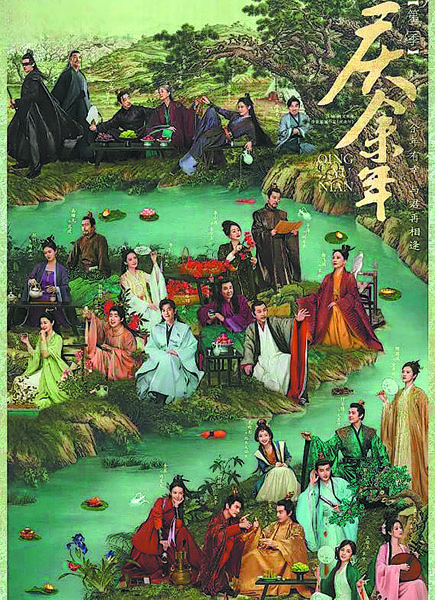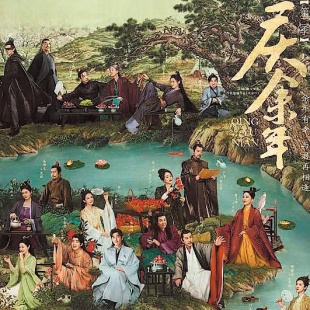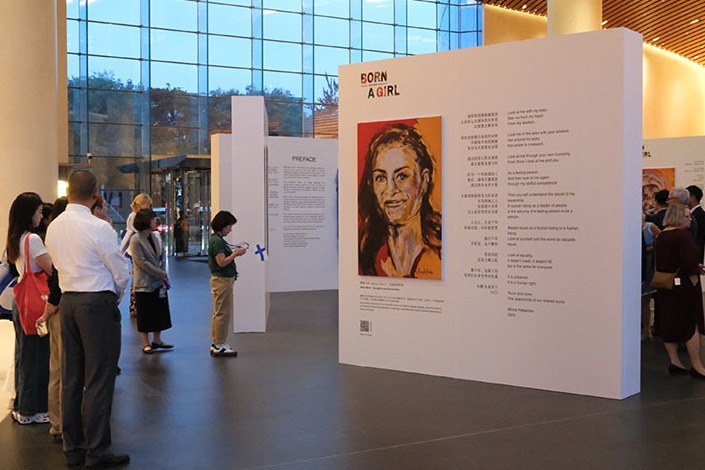Cultural IPs find resonance abroad


A session on the New Cultural Ecosystem in the Era of Digital Intelligence, held during the Beijing Cultural Forum on Monday, highlighted how China's cultural intellectual properties (IPs) are incubated and reach global audiences.
For Justyna Katarzyna Szpakowska, whose nickname is Cui Hua, a Polish media worker who has lived in China for nearly two decades and labels herself a "superuser" and "observer" of China's cultural IPs, the trend is visible in everyday life.
"Foreign audiences are most drawn to depictions of real Chinese life and authentic human stories," she says. "When I first came to China, many foreigners' impressions stopped at kung fu and the Great Wall. Now they talk about The Three-Body Problem, short dramas and games. That's a real change."
Online literature was highlighted as one of the most mature and databacked examples of cultural IP exports. Yang Chen, vice-president and editor-in-chief of Yuewen Group, stressed the central role of online novels.
"Web novels are our most valuable cultural assets," Yang says. They allow young writers to innovate at their will and, at the same time, connect with global readers, he adds.

According to an online literature report released by the Chinese Academy of Social Sciences, the overseas market for Chinese web literature reached 5.07 billion yuan ($711.4 million) last year, a year-on-year increase of 16.5 percent, with overseas readership climbing to 352 million across more than 200 countries and regions.
WebNovel, a Chinese platform launched by Yuewen in 2017, has published over 10,000 translated works, assisted partly by AI translation into English, Spanish, Portuguese, German, French, and more.
By June, it hosted around 770,000 original stories, created by more than 400,000 overseas authors in their native languages, according to the group, reflecting the Chinese web novel model being localized worldwide.
Adaptations have further extended the reach of these IPs. The online novel Quanzhi Gaoshou (The King's Avatar) was adapted into an animation and marked its 10th anniversary this July with events co-hosted by the Swiss tourism board. Another hit, Qing Yu Nian (Joy of Life), was adapted into a TV series. Its second season is licensed to the Disney+ streaming platform, bringing Chinese storytelling to international viewers.
Influencer-driven content was also discussed as a growing cultural export. In the session, Qu Tao, vice-president of Joy Media, a multichannel network (MCN) company, says: "Our formula is uniqueness, altruism, and genuine interactions with fans." When these align, the creators established cultural IPs and attract followers.
The company now manages more than 100,000 influencers. Domestically, it helped amplify Harbin's winter tourism (in Heilongjiang province) boom through influencer-driven videos. The company is now exporting the model globally.
Qu tells China Daily that the company is working with influencers from Poland, Russia and Georgia to share their daily experiences in China, while also training domestic creators to bring Chinese cultural heritage to international platforms.
"The overseas effect of online influencers is a significant trend. Many people abroad have a limited understanding of China," Qu says. "Influencers are now presenting China from grassroots perspectives in an authentic way."

Games, another powerful cultural carrier, act as translators and amplifiers of culture, says Yu Ruichao, vice-president of Tencent Interactive Entertainment. He cites examples such as a King of Glory skin (for game characters) inspired by Dunhuang flying apsaras and the integration of Kunqu Opera and Yueju Opera into gameplay, which present traditional culture in immersive ways to global audiences.
According to the China Audio-Video and Digital Publishing Association, Chinese self-developed games generated $18.56 billion in overseas sales in 2024, up by 13.4 percent year-on-year.
The session underscored that cultural IP incubation is inseparable from both digital innovation and audiences' appetite for authenticity.
As Justyna Katarzyna Szpakowska put it, what resonates most with overseas viewers is not abstract symbols but real lives, daily routines, and human stories, which are reminders of why China's cultural IPs are increasingly finding resonance abroad.





































